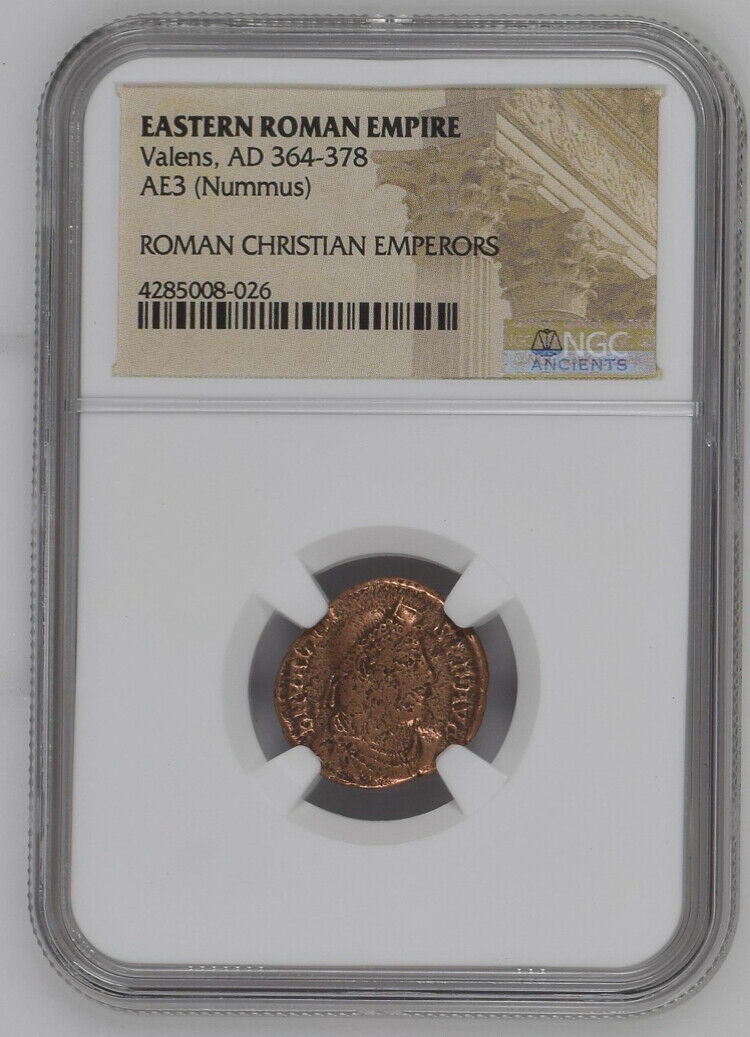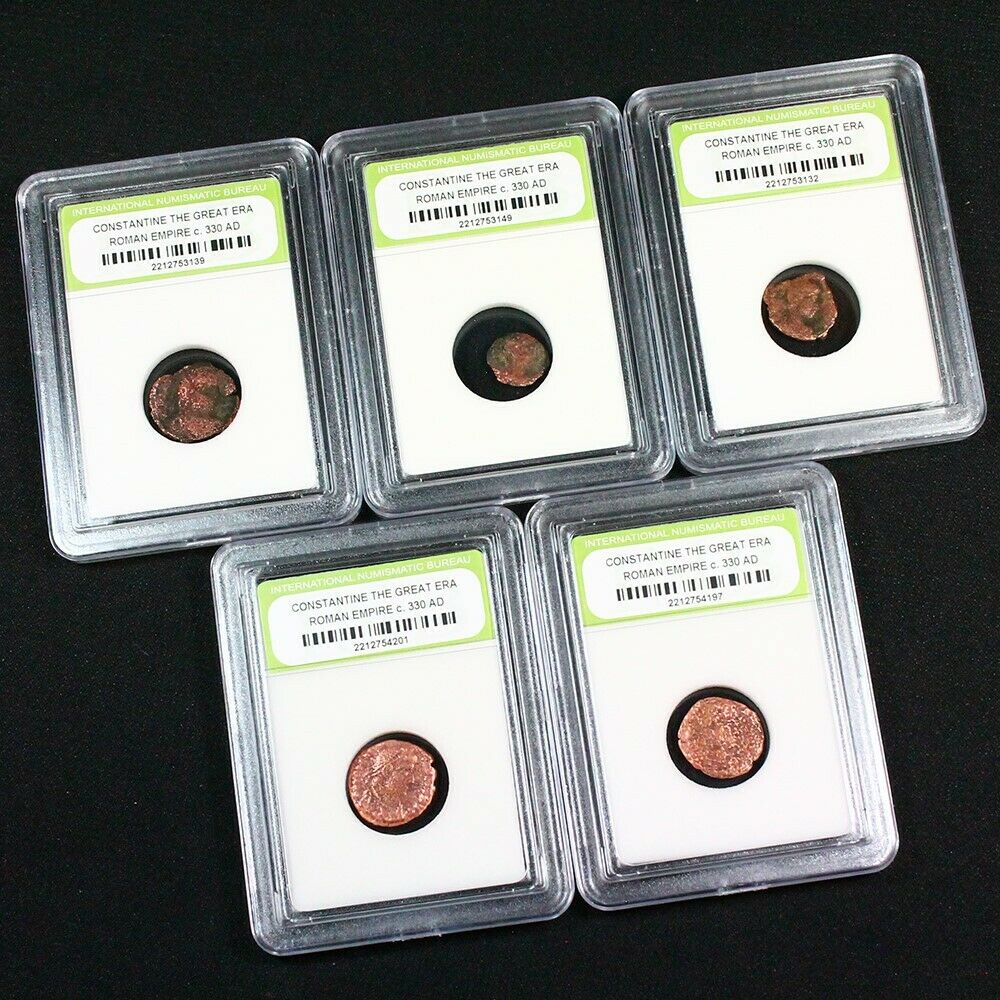-40%
Elagabalus 218-222 AD - Ancient Roman Coin - Guaranteed Authentic (21K64)
$ 21.11
- Description
- Size Guide
Description
Elagabalus 218-222 ADElagabalus's mother was the cousin of Emperor Caracalla.
Caracalla's violence and excesses led to his death by Macrinus, who shared no familial ties with Caracalla or Elagabalus.
Elagabalus' clan held considerable sway, and their forces defeated those of Macrinus, enabling Elagabalus to assume power by the age of 14.
Inept in all things save debauchery, Elagabalus curried enemies on all sides.
He insisted that the non-Roman god Elagabalus take precedence over pagan dieties, and re-installed sacred images at the temple of Elagabalus.
He insisted upon being addressed as a female, and married ex-slave and charioteer Hierocles.
In the end, Elagabalus' own grandmother had him killed, and installed Severus Alexander as emperor.
********
Note on the meaning and significance of "SC" and "
Δ
ε
" on the reverse:
The large "SC" inscribed within the wreath is an abbreviation of "senatus consultum", indicating that the coin was minted with the imprimatur of the Roman Senate.
Coins from the birth of the Roman Empire (minted by Augustus) up until the mid-third century (minted by Gallienus) often bear this mark.
But silver and gold coins of this period do not.
Why is this?
That Augustus must necessarily have ordained for himself (and future emperors) a monopoly on the production of precious metal coinage, but not coinage derived from base metals, is supported by circumstantial evidence.
In the wake of Caligula, and to spite his memory, the Senate ordered the destruction of his base metal coinage, but not that of his silver or gold issues.
And whereas coins of Clodius Albinus, as
Caesar
, can be found in bronze, silver and gold, once he broke away from Septimus Severus and declared himself
Augustus
, the minting of base metal coinage bearing his likeness immediately ceased.
The mark of
Δ
ε
which appears on the reverse of many so called "SC within wreath" coins minted at Antioch apparently remains something of a mystery.
(But maybe someone out there can educate me on this point.)
One theory is that the mark indicates that the coin is of the four eparchies ("Δ EΠAPXEIΩN") of Syria (i.e., this it is intended for use not merely in Antioch itself, but throughout the Syrian region).
But others insist that
Δ
ε
is an abbreviation of
"δημαρχικης εξουσιας", a genitive form which roughly translates as "he of municipal power".
This appears in lieu of the Latin ablative "tribunicia potestate" (typically abbreviated on coinage as "TR P"), which signifies that the coin was minted from one held civil magisterial powers.










